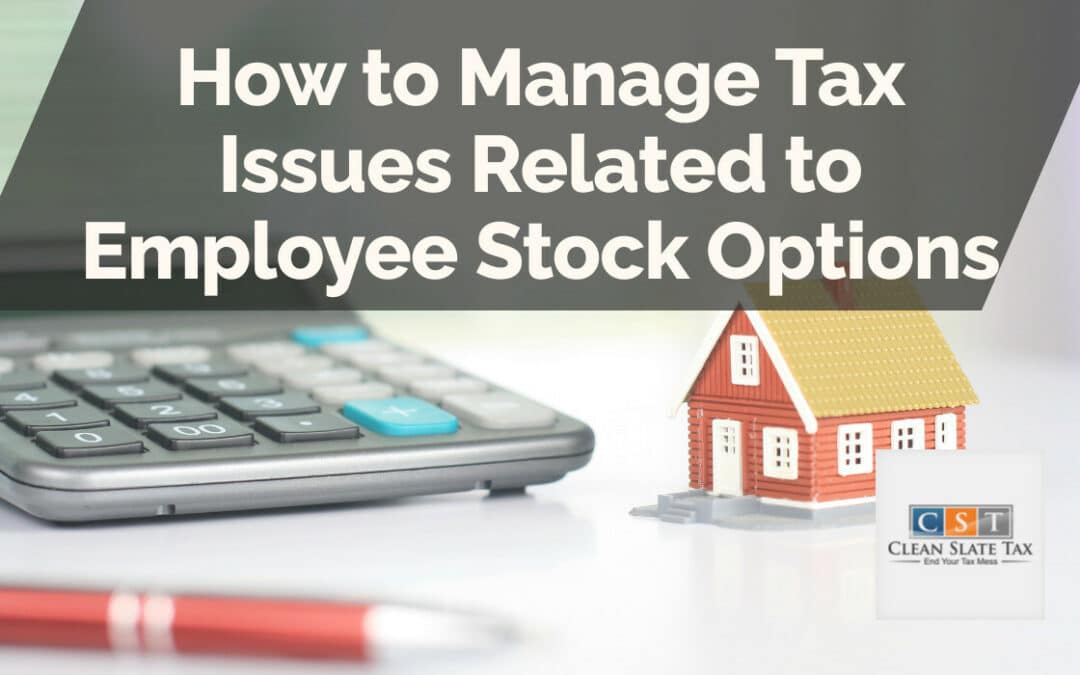Employee stock options (ESOs) form an important component of employee remuneration, especially in rapidly growing startups or technology companies. Offering stocks to employees not only makes them vested partners in the organization’s growth but also serves as a valuable tool for employee retention. With ESOs, however, comes the inevitability of taxation. This article aims to shed light on managing tax issues related to employee stock options in an organized and efficient manner.
Understanding Employee Stock Options (ESOs)
ESOs are contracts that grant employees the right, but not the obligation, to purchase a certain number of shares in the company they work for at a predetermined price. These options can be exercised after a specified period of time, commonly referred to as the ‘vesting period’. The benefit or profit an employee earns from this transaction is the difference between the fair market value of the stock at the time of exercise and the predetermined price.
The Tax Implications of ESOs
The profit, or ‘bargain element’, generated from exercising stock options is subject to income tax. Depending on the type of ESO and the timing of the sell-off, this income could be taxed as ordinary income or as a capital gain. Therefore, it becomes extremely crucial for employees to fully understand the tax implications of their stock options and to plan accordingly.
Types of Employee Stock Options
Non-Qualified Stock Options (NSOs)
Non-Qualified Stock Options, or NSOs, are the most widely used type of employee stock options. The bargain element in NSOs is typically taxed as ordinary income at the time of exercise. Any subsequent gain or loss from the sale of stocks is taxed as a capital gain or loss.
Incentive Stock Options (ISOs)
Incentive Stock Options, or ISOs, offer preferential tax treatment. They are not subject to ordinary income tax at the time of exercise. However, the bargain element may be subject to the Alternate Minimum Tax (AMT). The taxation on the sale of stock depends on the holding period.
Understanding Tax Planning for ESOs
Exercise and Hold
One strategy is to exercise the option and hold the stocks for a year or more before selling them. This could potentially turn the profit from the sale of stocks into long-term capital gains, which are usually taxed at a lower rate than ordinary income.
Exercise and Sell
Another strategy is to exercise the stock options and sell the stocks immediately. Although the resulting profit will be taxed as ordinary income, this strategy safes the potential risk associated with holding the stocks.
Frequently Asked Questions
When do I have to pay taxes on stock options?
In case of NSOs, you have to pay taxes at the time of exercise. Whereas with ISOs, taxes are due at the time of selling the stocks.
What is the tax rate on Employee Stock Options?
The tax rate varies depending upon the type of stock option and the strategy used. It can either be the same as the income tax rate (in case of NSOs) or be subjected to the long-term capital gains tax (in case of ISOs).
How can I minimize tax on Employee Stock Options?
There are several tax-planning strategies that can help minimize tax on ESOs. These could include exercising the options early, donating the securities to a Registered Retirement Savings Plan, or transferring the options to a family member.
In conclusion, navigating the tax implications of employee stock options can be complex. However, with the right understanding and advice, these can be effectively managed to maximize the benefits and minimize the tax liabilities.





